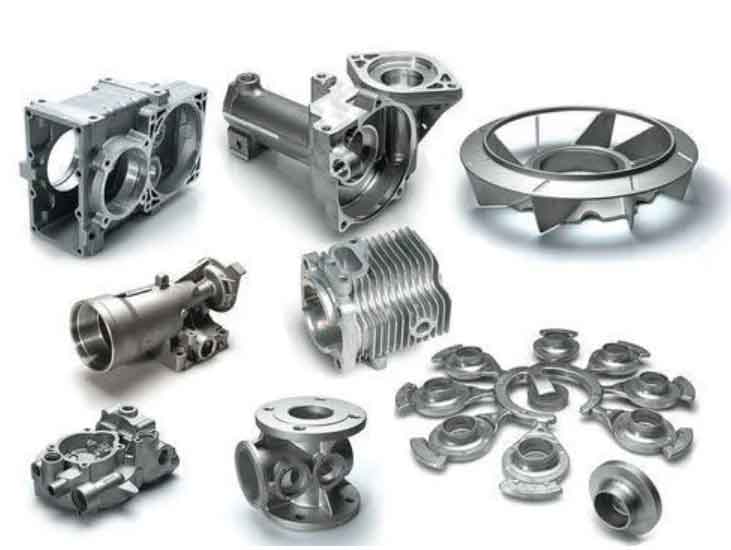
Microstructure of Grey Cast Iron:
The microstructure of grey cast iron is characterized by the presence of graphite flakes in a matrix of ferrite and pearlite. This unique microstructure is responsible for the material’s distinct properties. The graphite flakes are formed during solidification, and their size, shape, and distribution significantly influence the mechanical properties of the cast iron.
- Graphite Flakes: The graphite flakes are interconnected three-dimensionally throughout the matrix, providing pathways for lubrication and energy absorption, resulting in good vibration damping and wear resistance.
- Ferrite: Ferrite is a soft and ductile phase in the microstructure of grey cast iron. It surrounds the graphite flakes and enhances the material’s machinability.
- Pearlite: Pearlite is a mixture of ferrite and cementite, forming alternating layers in the matrix. It provides strength and hardness to the material.
Mechanical Properties of Grey Cast Iron:
The mechanical properties of grey cast iron are influenced by its microstructure, which, in turn, depends on factors like cooling rate, alloy composition, and heat treatment. Some key mechanical properties of grey cast iron include:
- Tensile Strength: Grey cast iron has relatively low tensile strength compared to other engineering materials. Its tensile strength typically ranges from 150 to 300 MPa.
- Compressive Strength: Grey cast iron has higher compressive strength than tensile strength, making it suitable for applications subjected to compressive loads.
- Hardness: Grey cast iron is relatively hard due to the presence of pearlite in its microstructure. The hardness can range from 150 to 250 HB (Brinell hardness).
- Elongation: Grey cast iron has low ductility and elongation due to the presence of brittle graphite flakes. Elongation values are typically less than 1%.
- Impact Resistance: Grey cast iron’s impact resistance is relatively low due to its brittle nature, making it susceptible to sudden failure under impact loads.
- Wear Resistance: The presence of graphite flakes provides self-lubricating properties, resulting in good wear resistance in sliding or rubbing applications.
- Machinability: Grey cast iron exhibits excellent machinability due to the presence of graphite, which creates small chips during machining and reduces tool wear.
- Thermal Conductivity: Grey cast iron has good thermal conductivity, making it suitable for applications involving heat transfer or dissipation.
It is essential to note that the mechanical properties of grey cast iron can vary based on the specific alloy composition, casting process, and heat treatment applied during production. As such, grey cast iron is suitable for applications where properties like good machinability, wear resistance, and vibration damping are required, while load-bearing and high-stress applications may require materials with higher tensile strength and impact resistance. Engineers and designers should carefully consider the material’s microstructure and mechanical properties to ensure its suitability for a particular application.
